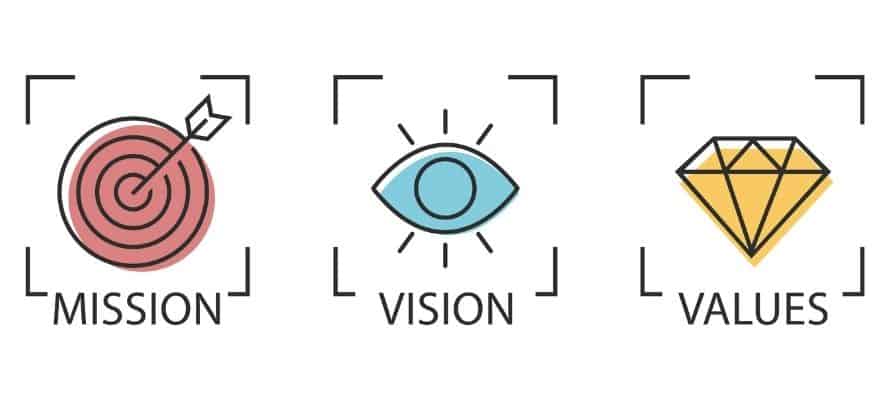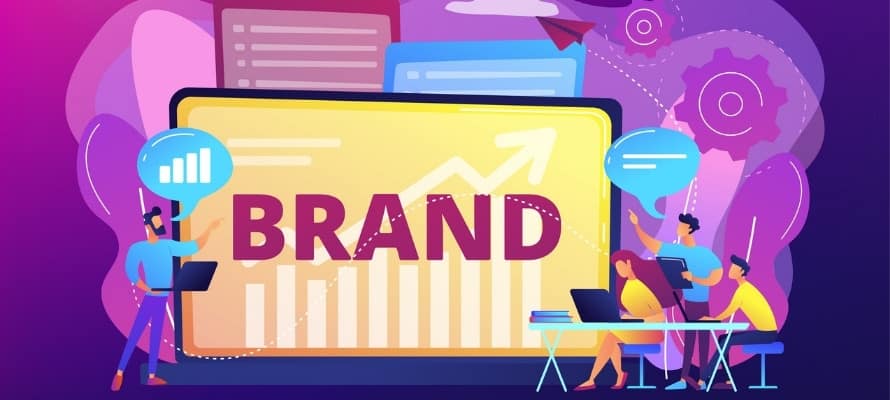A positive employee experience is key to establishing internal branding and company culture. And this starts with employee communications and how we communicate with different groups of employees. Your office-based workers might feel very connected to your company and what it stands for. That’s likely because they have more access to leadership, greater transparency into business results, and generally receive more access to information. But what about your deskless workforce? Do they feel appreciated? Do they have outlets for two-way communication?
Noted author, keynote speaker, and self-help guru Steven R. Covey once said:
“Always treat your employees exactly as you want them to treat your best customers.”
Covey’s message is that motivated, happy employees—who feel appreciated, listened to, and valued—are the backbone of a strong corporate culture and brand. They serve as brand ambassadors and are just as important to a company’s ongoing success as its best customers. Whether your company focuses on B2B or B2C, here are a few thoughts for senior executives and managers looking to create and sustain an engaged, motivated, and happy workforce.

What is internal branding?
(Note: This section was added by theEMPLOYEEapp team in May 2023 to add helpful context).
Internal branding is the process of creating and promoting a company’s brand identity, values, and culture to its employees. The goal is to align the company’s internal audience with its brand image, fostering a sense of belonging, understanding, and commitment within the business.
An internal branding strategy includes:
- Determining brand positioning. Who are you and how are you different from other employers and your competition?
- Creating internal brand guidelines. Document your brand position, voice, goals, and purpose into internal resources for employees. This often includes a company style guide.
- Aligning leadership. It’s important for all leaders, from the C-Suite to people managers, to be aligned around your internal brand. These are the individuals who will need to lead by example.
- Training and development. You can’t just create a set of internal branding guidelines and expect it to stick. It should be treated like a change management campaign—communicate, train, and reinforce the message over time!
By implementing effective internal branding strategies, companies can increase employee satisfaction and engagement, and ultimately, improve their external brand perception too.
Build internal branding through company vision, mission & values
- Clearly define and educate your people on the vision, mission, and values. Articulate their importance to company success and how employees can help them come to life. Comms campaigns that continuously come back to your core values and purpose are key to getting employees to understand what you stand for and how they fit into the puzzle.
- Demonstrate real-life examples of the vision, mission, and values by sharing success stories and customer testimonials across a variety of employee comms channels to make sure everyone gets the message. People most effectively model behaviors if they know what they look like.
- Reward employee behavior that supports the desired culture and brand. Recognition and reinforcement are key to shifting behaviors and beliefs. While recognizing remote or frontline employees can be challenging, there are still so many ways that you can reach out and recognize those employees. We know that a simple “thank you” can go a long way, and recognizing team members on your communications app is a great place to start building your recognition culture.
Engage team members in employee comms
- Establish an employee committee to develop ongoing strategies and tactics to keep teams engaged, informed, and excited. This kind of focus group will make sure that you always have a sense of what your people want, and involving them in the strategy early on is a great way to show that you care and want them to be part of informing the direction the company goes in.
- Offer simple ways for employees to provide feedback and suggestions on enhancing business performance, customer service, and product and service offerings. And if you implement a suggestion, then recognize it and the employee who suggested it.
- Communicate company performance and how employees are contributing to achieving short and long-term goals and objectives. This is a great way to reiterate that we’re all on the same team and working towards a common goal. It’s not enough to just set the aspiration; you must share results up and down the ladder.

Recognize & support employees with employee communications
- Provide meaningful opportunities for growth. This applies to employees of all levels, not just those in leadership positions. It’s just as important to show your hourly crew members how they can develop at your company. And it’s key to make broader growth opportunities like further education and certifications accessible and encouraged. If you don’t, another company will, and this will increase your turnover.
- Promote from within when possible. Promoting internally sends a message that retaining valued employees matters and that hard work and achievement will be rewarded.
- Let your team know you have their back. We know that 70% of the variance in employee engagement comes down to your manager, and that not all managers are communication experts or comfortable having hard conversations. As comms professionals, it is up to you to equip your managers with the tools they need to support their direct reports.
- Thank your employees. A handwritten note from a senior leader or the CEO sends a powerful message that an employee’s contributions matter.
How to win at work
Douglas Conant, the former CEO of Campbell’s Soup, summarized it well when he said:
“To win in the marketplace, you must first win in the workplace.”
Building an internal brand and sustaining it is serious business. And your employees play a big role in making that happen. If your goal is to build an internal brand that stands the test of time, then a powerful place to start is with your employee communications.
[optin-monster slug=”gqorn0natkqgyrtjvr6i” followrules=”true”]
Dave Reavis is an internal communications professional focused on using integrated communication strategies to promote and protect corporate brands and help businesses grow.
Recommended Resources
-
Use these five steps to improve culture at your company.
-
Are your recognition programs making the right impact?
-
Write better surveys & make them routine.


